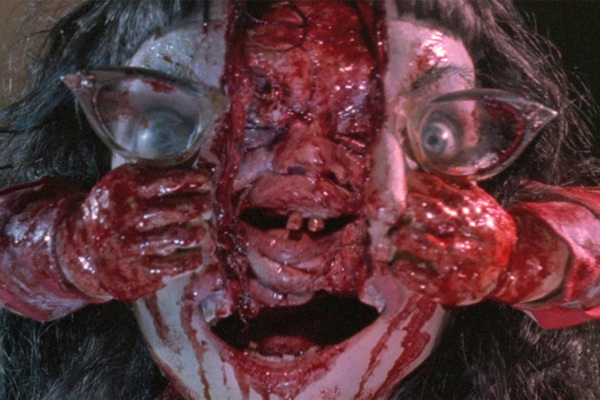8 Most Horrifying Practical Film Effects (And How They Were Achieved)
Oh god, it looks so real...

So much has been said about the proliferation of CGI in modern movies. It's a technique that has become extremely commonplace, given the relative low cost and ease with which all kinds of special effects can now be digitally whipped up. But CGI hasn't come without its share of criticism. Many blame its overuse for weightless action sequences and aesthetic uncanniness, damaging the final product rather than enhancing it.
More and more fans are crying out for a return to the olden days of film-making. One of the main marketing focuses of Star Wars: The Force Awakens, for example, is its strong use of on-location filming, puppets and animatronics. Conversely, Peter Jackson's The Hobbit trilogy was heavily criticised for what many people consider to be worse effects than The Lord Of The Rings, which was created a decade before. There is just something much more tangible about practical effects. This is no better exemplified by horror movies; they are founded on shock and discomfort, so it's extremely important they get the realism right. But how exactly do they achieve that? Here are eight disgusting examples of practical effects...8. The Transformation - An American Werewolf In London

The Movie: Probably the greatest werewolf movie of all time, An American Werewolf In London is the standard by which all other movies with transformations are measured.
The Effect: The film's transformation scene is unparalleled. David Kessler's agony is genuine, tangible and totally terrifying. It's basically like watching a monstrous version of puberty. How They Did It: The effects were helmed by American make-up artist Richard Baker, mostly achieved through animatronics - lifelike robots that were able to bend, contort and transform in ways impossible for the human body, like the final extension of the beast's jaw. The animatronics were made from fibreglass and foam and covered with a thick pelt of hair to give a more bestial look. Several different versions were created with various pained facial expressions in order to get the transformation just right. One of the most striking things about the scene is the fluctuation of the flesh on the hands and legs. This was done by releasing compressed air beneath the surface. https://www.youtube.com/watch?v=hFT5VFPals8